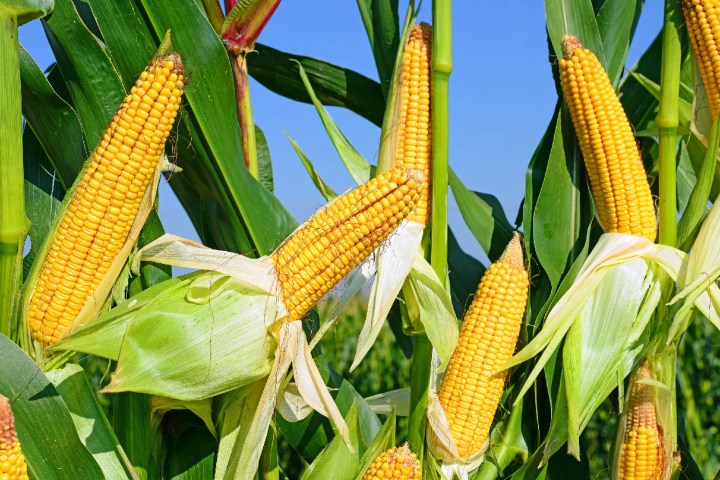
The amino acid, methionine, is crucial for things like growth and tissue repair, while the sulfur found in methionine also protects cells from pollutants and slows the cells’ aging process. Because of its importance, a synthetic form of methionine is therefore added to field corn seed in a highly expensive process.
“What is [limited] in arable land has to be added as chemicals,” Dr. Joachim Messing, the study’s senior author, told Digital Trends. “Sulfur content in the soil is variable and usually not optimal for making seeds more nutritious. We have found a way that the plant can use the amount that is there more effectively. Instead of depending on fossil fuels to synthesize a supplement — in this case methionine — in a factory, the sun can do it now through the plant itself. This switch saves billions of dollars added to our food costs.”
Using the gene editing, methionine in the new corn kernels was found to have increased by 57 percent. In trials involving chickens, those chickens which ate the genetically engineered corn grew significantly faster than those that did not. “The level of improvement is best illustrated by the fact that no supplement will be needed,” Messing continued. The researchers also didn’t observe a yield loss with the growing of the new corn crops.
In the future, they hope to discover a way to grow corn containing this amino acid without resorting to genetic engineering. This might be possible by feeding plants with different types of fertilizer. They also want to replace another supplement in maize, called lysine, which is also important for growth. (And, for pop trivia fans, is the amino acid the dinosaurs in Jurassic Park are genetically altered so they will not reproduce.)
A paper describing this research was recently published in the journal Proceedings of the National Academy of Sciences.


